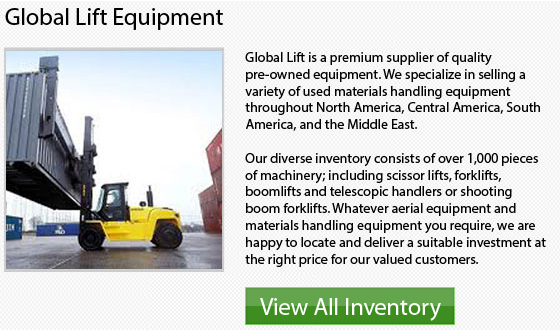
Tower cranes are being used regularly for big building construction projects. They are necessary for the heavy lifting and positioning of supplies and machinery. Tower cranes provide a different design which offers numerous advantages over more conventional cranes. These advantages comprise: quiet electrical operation, higher vertical lift, reduced space requirements and increased capacities.
Hammerhead Crane
A hammerhead crane is another configuration that is most typically associated with a tower crane. In this situation, a long horizontal jib is connected to a vertical tower. One end of the jib acts as a counterweight and the other end of the jib extends horizontally over the worksite. There is a trolley on the hammerhead crane. This trolley has the lifting cable and travels along the length of the jib. The tower crane can operate anywhere within the jib's radius.
Self-Erecting Tower Cranes
Self-erecting cranes are often assembled on location with the assistance of a different crane. This provides a huge advantage in setup time and really saves time in equipment costs too. Self-erecting cranes are normally remote-controlled from the ground, although there are several models that have an operator cab built onto the jib.
The self-erecting crane is normally freestanding to allow them the opportunity to be moved around. There are some models that have a telescoping tower that enables the crane to work at multiple heights without the need to reconfigure the tower.
Luffing Jib Tower Crane
Normally, in urban work settings, there is not enough space or clearance for the jib to rotate freely without being blocked by existing buildings. A luffing jib tower crane is ideal for such confined spaces. Nearly all tower cranes have a fixed horizontal jib. The operator is able to raise or lower a luffing jib in order to enable the crane to swing in a reduced radius.